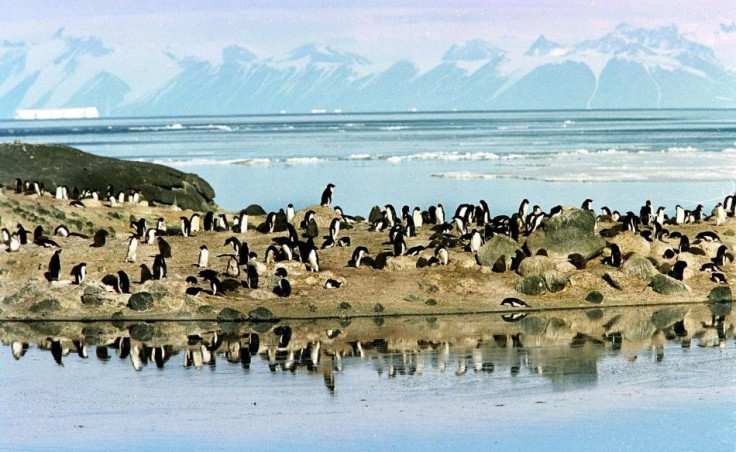Species React to Climate Change, Moving Northward to Avoid Earth's Rising Temperature

Plant and animal species have reacted to global warming by moving towards the north, away from the equator at a faster rate to avoid Earth's rising temperature, reveals a survey of nearly 1,400 species.
According to the study, the average rate of movement is three times faster than previously expected for those species migrating towards the poles. On the other hand, for organisms that are migrating further up mountains, the average rate of movement is about twice as fast as realized.
The study, published in the journal Science, said that species are moving northward in the northern hemisphere and southward in the southern hemisphere on an average rate of about 16km or 17km per decade.
These changes are equivalent to animals and plants shifting away from the equator at around 20cm per hour, for every hour of the day, for every day of the year. This has been going on for the last 40 years and is set to continue for at least the rest of the century, said Professor Chris Thomas senior author on the paper and a professor of conservation biology at the University of York in the United Kingdom.
How can we relate the movement of species to climate change?
Thomas said that species closer to equator or at lower elevations are starting to find it too hot and are retreating upwards. While there is no other reasonable explanation for the movement of the species, scientists have found that the rate of movement is greater in the regions that have experienced the most warming, Thomas added.
Explaining the movement of species, Thomas said it's not that plants and animals are walking towards the north. It's the breeding of individuals at a species' northernmost range that is thriving, compared to the same species' southernmost range.
Jeremy Kerr, a professor of biology at the University of Ottawa in Canada studied a species called bog copper, a beautiful little butterfly that appears to practically be on an expressway to the North Pole. Kerr found that in the past decade, it has moved more than 90 miles north, USA Today reported.
The findings of the study are based on the largest analysis of the shifting ranges of species in certain areas of the world, Washington Post reported.
© Copyright IBTimes 2024. All rights reserved.






















